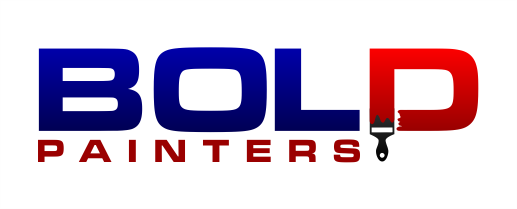Between the late 1950’s into the early 80’s, the popcorn ceiling was a popular finish for bedroom and hall ceilings. Also known as the somewhat off-putting name, cottage cheese ceiling, the spray on covering masked cracks and imperfections in the design, reduced echo and provided a degree of soundproofing. Since then, however, the popcorn ceiling has understandably fallen out of fashion. The surface is difficult to paint, hard to mend, almost impossible to clean and generally not a particularly attractive feature. To make matters worse, if your popcorn ceiling was installed before the Clean Air Act of 1978, and even for some time afterward, chances are that your popcorn ceiling contains hazardous asbestos fibers. With all that said, we wouldn’t blame you for wanting to make a change. But what are the options? And are they worth it?
Complete Resurfacing
This is achieved by scraping away the existing texture, smoothing over with a new finish and repainting. This might seem like a fun DIY project, but beware. The presence of asbestos and other toxic chemicals in the surfacing makes this a job for specialists with the right expertise and equipment. This is further complicated if the plastering has been painted. Paint hardens the coating and makes it almost impossible to chip away. In such a case, a different option may be necessary. While thorough, there are other options.
Partial resurface
A partial resurfacing simply involves applying a new surface onto the existing one following cleaning and priming. Again, this is best left to the professionals as an additional layer of plastering creates a substantial increase of weight and may pull down the existing layer if not done correctly. This option is really only advisable in restoring the Washington DC area historical buildings and keeping with their vintage appeal.
Ceiling cover
Drywall ceiling is often ideal for covering a popcorn ceiling. Not only does it give you a brand new look that is smooth and attractive, but it also helps seal away the potentially hazardous substances contained in your ceiling’s texture. The end result is smoother and easier to clean and paint than both of the above solutions. A ceiling can be installed quickly by a team that knows what they’re doing.
Paint
If you’re going for something less drastic, having your popcorn ceiling painted over is also an option. Simple whites can make the lumps less obvious and can create the illusion of a smooth ceiling if used in conjunction with the right lighting. Some subtle misdirection can also go a long way. Having your walls an eye-catching color can also draw the eye away from the ceiling to make it less noticeable. Bear in mind, however, that if you are painting onto the original plaster, scraping away your lumpy popcorn ceiling will be nigh on impossible once the paint dries and hardens.
Lighting
Lights that shine flush with the ceiling will accentuate the texture of the ceiling by creating shadows, as will lights that shine back up towards the ceiling from a single point. To counter this, downward facing lights that are lower than the ceiling can be used as well as multiple ground based lamps that create a well-lit environment, limiting the proliferation of shadow. It’s not a complete solution, but it can make a subtle difference to how the ceiling is perceived.


